Senegal has sovereign right to decide how to tackle debt, IMF says
Tanzania ups the pace on LNG project

Petroleum-economist
Equinor, ExxonMobil and Shell are among the interested parties
Tanzania’s efforts to speed up talks with Equinor and ExxonMobil over of a Host Government Agreement (HGA) to develop an onshore liquefied natural gas (LNG) project suggests a renewed sense of urgency, as the government seeks to ensure the country does not lose out altogether to neighbouring Mozambique as a regional gas export hub.
Equinor says it has received signals from Tanzanian president John Magufuli that he wants to start talks with the two companies on the development of a proposed onshore LNG project. Contacts have been continuing off and on for four years, but there seems to be optimism over the chances of progress this time around.
The companies hold the license for Block 2, off southern Tanzania, which has reserves estimated at more than 20 trillion cubic feet (cf) of gas in place. Equinor is operator with 65%, while ExxonMobil holds 35%.
“Negotiations have not yet started and a timeframe has not yet been put in place. From our side we are committed to contribute to an efficient execution of the negotiations,” an Equinor spokesman told Petroleum Economist.
Earlier, this year, it was reported that ExxonMobil wanted to sell its stake in Block 2 so that it could focus its East African activities on its planned LNG project in Mozambique. However, it remains committed to the Tanzanian negotiations at this stage, according to Equinor.
Shell keen to participate
Shell, which has made discoveries on adjacent acreage, is eager to participate in any export facility. The company and its partner Ophir Energy are developing the Blocks 1 and 4, which are estimated to hold around 16 trillion cf of recoverable gas.
“It is our understanding that the objective of all partners involved in the Tanzania LNG project is to have a single, joint project. We share the view that such a joint integrated project will result in a globally competitive LNG project, which will yield far greater benefits for the host country than a small project can,” a Shell spokesperson told Petroleum Economist.
The Anglo-Dutch major said it was awaiting a decision from the Tanzanian government on the next steps, but that it was “keen to make progress”.
Equinor has not detailed the nature of any talks with Shell, but said it continues “to have a good relationship with the other international companies involved”.
Long lead time
The export facility, which has been under discussion since 2014, is likely to be built on the coast at Lindi in southern Tanzania, adjacent to the country’s offshore discoveries in its portion of the Rovuma Basin. Across the border in Mozambique, the basin has yielded gas discoveries leading to reserve estimates of well over 150 trillion cf. These are already being targeted by one floating LNG project led by Eni, which is under construction, and two planned LNG export projects, led by Andarko and ExxonMobil.
On its website, Equinor suggests the Tanzanian project could take the form of a 7.5mn tonne a year facility, and that it could take around nine years to progress from signing an HGA via a final investment decision to first production. However, the spokesman said it was too early in the current round of talks to provide concrete details about the technical aspects, timing and costs of the project.
Tough talking
Magufuli’s government has sought tomaximise benefits from energy and mining projects for the East African nation over recent years. It has insisted that export projects have a strong focus on domestic infrastructure development, as well as seeking to enforce tight regulation and negotiating greater government revenues. Equinor’s production sharing agreement for Block 2 requires 10% of gas produced to go to the local market, potentially doubling current electricity production in Tanzania.
Back in the post-2014 era of low hydrocarbons prices, such requirements deterred investors with curtailed spending budgets from taking the plunge in Tanzania. By contrast, in Mozambique, the government sought to get the LNG sector off the ground by allowing a greater share of the gas from the first projects to be exported, helping to push along the three LNG projects there.
Eni’s FLNG project in Mozambique, already under construction, is due to come onstream in 2022, with Andarko and ExxonMobil both targeting first production in the mid-2020s. By contrast any Tanzanian project would seem unlikely to be producing before the end of the 2020s at the earliest, even if the current round of talks is concluded rapidly.


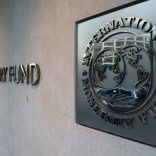

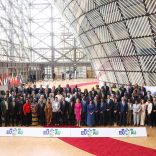



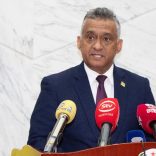
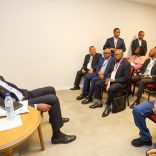
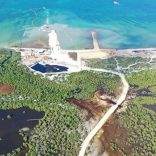

Leave a Reply
Be the First to Comment!
You must be logged in to post a comment.
You must be logged in to post a comment.